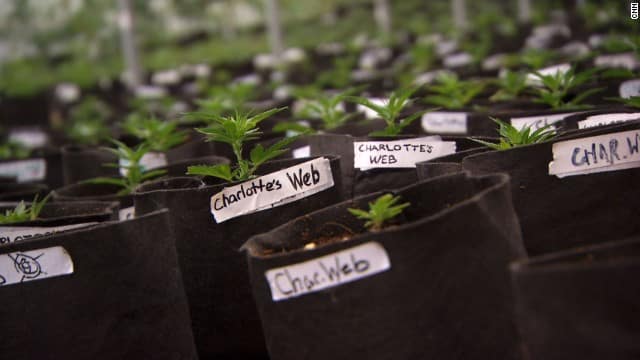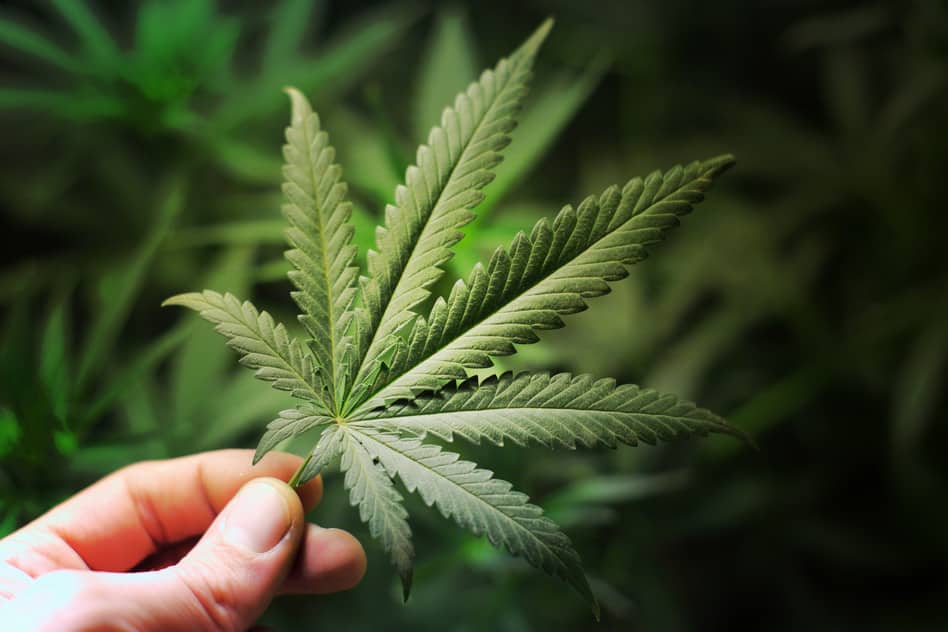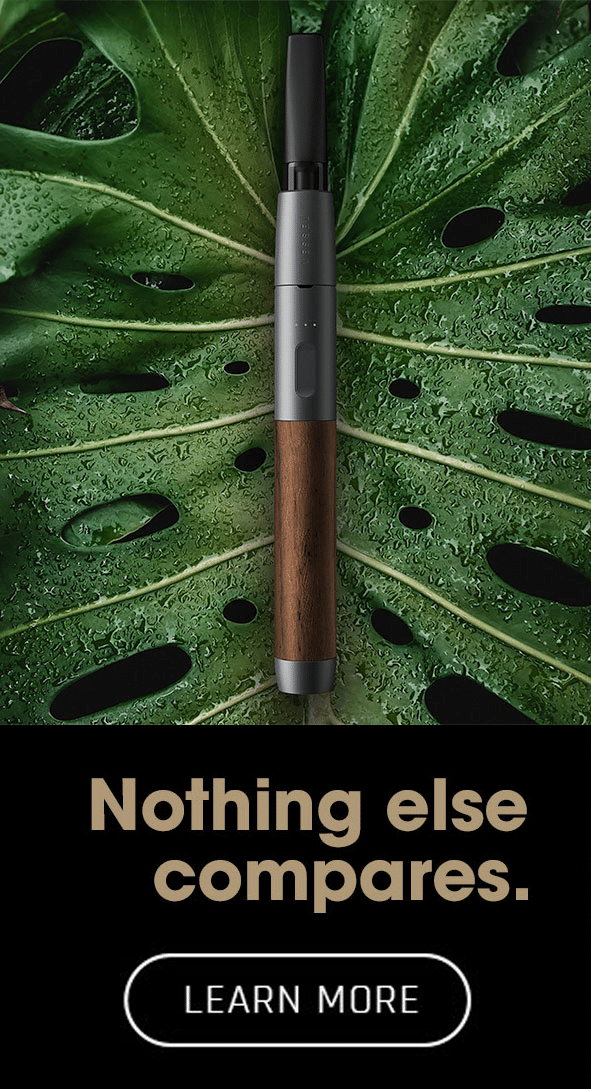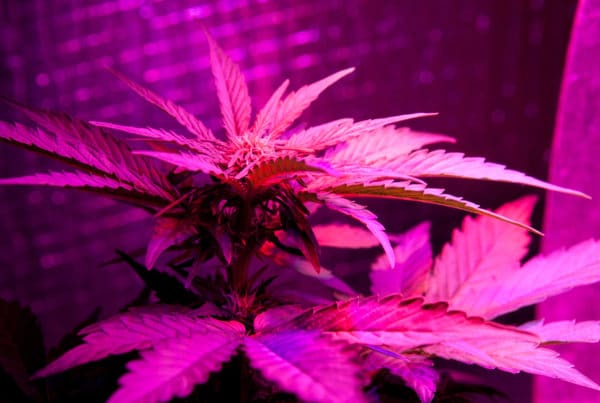
The world of marijuana cloning is complex enough to write a book about. Yet most cannabis cultivators orient around flowering. Given that flowers are the main product of focus in the industry. But all those flowers have to come from somewhere, and usually, they come from marijuana clones. The reason being, seeds are expensive, take longer to grow, and need to be sexed. The only cultivators who start from seed are those who have spent quite a bit of time creating their seed stock.
While dispensaries do sell seeds, they represent only a small portion of the market for new marijuana plants. Seeds are harder to vet for quality, given that anyone can cross any two varieties. The crossing gives the resulting seeds an impressive-sounding name, and sell them, with very little accountability for the stabilization process that’s necessary for a successful harvest and repeat business.
Clones, however, come from one single mother plant that only would have propagated if it had special qualities in the first place. They are genetically identical as a result of that process. They are all female as well; this is the ideal as an alternative is losing over half of the plants to males. The reason is, gardeners must cull identified males.
There are two main disadvantages of clones. One is that they can often be bug infested, even invisibly. The flowering plants that they produce are somewhat less hearty than marijuana plants grown from seed. But that difference is negligible, all things considered. Another risk is that clones might not be the variety they are said to be. Dispensaries are increasingly savvy about identifying strains and good phenotypes, so the risk is low. The risk is especially low with tried-and-true strains like Blue Dream, Sour Diesel, OG Kush, GDP, etc. People know what these plants look like and can easily tell by examining the leaf patterns if they are legit.
The difficulty comes in when a new strain and all its derivatives hit the market like Girl Scout Cookie. Various influential gardeners claim to know the real Thin Mint, GSC, etc. In reality, no official entity is certified as the authority on the matter. This is when dispensaries step in and reinforce the legitimacy of a certain phenotype, or “cut,” that customers like the best. Then, that cut soon becomes well known, and the imposters’ fadeaway.
In the increasingly sophisticated cannabis industry, clone providers are learning to include a finished flower sample with their clones in order to show proof of what their plants can produce. While they could feasibly show a completely different flower, this is a rare occurrence. In any case, buyers of marijuana clones fare best when they get to know their propagators and can trust them to provide clean clones of legitimate genetic origin.
As hard as dispensaries try to examine incoming clones for insects, they still sneak through the system. This situation is how spider mites, broad mites, thrips, root aphids, and other pests get into indoor gardens. Spider mites and broad mites are the biggest threats due to their increasing resistance to even the most toxic pesticides.
Dispensaries and individuals procuring clones should use magnifiers, bright multi-spectrum lights, and friends or employees with great near vision to inspect marijuana clones before buying them. For extra caution, you should place clones in quarantine for about ten days. Then carefully inspect them again before being adding them to the garden. Even then it’s possible to miss something, but at least there is a minimal risk.
Once the strain and phenotype are confidently known, and they can trust it to be bug and disease free. The strain can be grown with confidence into a marketable, high-quality final product.







